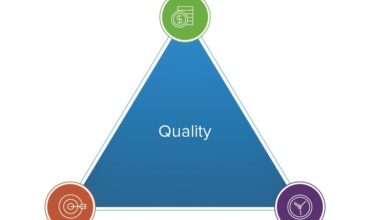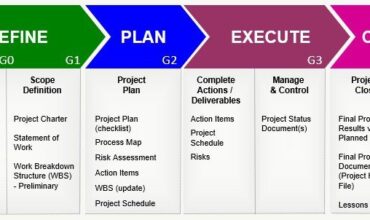As consultants, you might get frequently from both new and existing clients on how do retainers function and if they really want one?
What is a month to month retainer?
Allow me to simplify this: a month to month retainer is an arrangement between the client and the organization to buy a foreordained measure of hours consistently. You don’t need to figure out what the particular subtleties of each undertaking you will chip away at in every month will be in preceding the months start, albeit the underlying hours decided depend on, by history, an evaluation of generally speaking necessities and activities of the overall projects.
Retainers are created in regards to extent of work combined with assessments of configuration/web hours and undertaking the executives needs for that particular task (we attempt to put together this with respect to previous experience). In the wake of taking care of any outstanding concerns, a month to month charge is settled on and proposed to you for discussion.
As the client, you will get one receipt every month for precisely the same sum. That receipt covers a particular square of organization hours at a mixed rate across everything offices (this can incorporate, web refreshes, visual computerization, PR, account the executives, or whatever not entirely settled by both the office and client). For the right client and undertakings, a retainer can be an incredible fit.
The following are a couple of advantages and disadvantages for your association to see while considering a retainer-based structure:
Advantages
- Reliable charging for the two players, significance there are no curve balls every month.
- Clients can all the more precisely figure a yearly showcasing financial plan.
- Normally, the hourly rate for a retainer structure is lower than per-project since you are getting a mixed rate for pre-buying hours.
- The office can begin your work immediately with no extra gauges or desk work required (as long as the solicitation falls inside scope) saving you important time.
Disadvantages
- At times retainers can lead clients to request work to be managed disregarding needs across everything projects, which can regularly gobble up hours.
- The client should pick what is generally significant for the month since the hours depend on a time period and are not limitless. This is the best way to work inside the designated hours.
- I can guarantee you, however much you would rather not hear the words “over hours,” we would rather not say them. The two players need to consent to the hours early and adhere to that arrangement which could mean halting activities mid-month assuming you have effectively utilized every one of your hours on different undertakings.
- Inside this design, there are no restrictions on changes to any project. We frequently see that rounds of corrections (scope changes) that are not solidified and thoroughly examined can truly gobble up hours every month.
What are project estimates?
A project estimate is an agreement to a preset amount of hours or cost to complete one specific project. This works best when you know exactly what you are looking for and it is a one-off kind of situation.
Estimates are typically generated based on the agency’s past experience. It’s a culmination of collective wisdom from the account and design teams for the development of a similar type of work. For example, our agency will develop two to three design options for you to review. Then you will select one option you want to move forward with for final creative. The estimate we provide assumes there will be a set number of hours for client revisions to the chosen concept. Additional revisions that cause an overage of quoted hours typically result in a change order estimate prior to the commencement of the additional work. The client and agency will be in contact throughout the duration of the project to discuss the status of the hours used on the project and make sure everyone is aware of the scope as the project progresses.
Advantages
- There is no ongoing payment for you.
- If you need reactionary solutions to a challenge, this is a better option.
- The review process is often more tightly focused, as the estimate provides for a specifically allocated amount of time (or number) for revisions.
Disadvantages
- No work can start on your project until a formal estimate is signed by your team. Estimates usually take anywhere from 1-3 days to create depending on the complexity of the project you have requested the agency to work on. This means if you have a hot project, it is going to take a bit longer to get it up and going.
- This project process focuses simply on the exact task that has been estimated; therefore, it does not allow time for big-picture thinking on your brand.
- Sometimes the work may take a bit longer to complete since the project was unknown and schedules could already be full at the agency.
Conclusion
In the end, it is important for you to communicate your needs to your Account Manager so that you can engage in conversation that will help define the best decision for your brand and what path will work best. If you have questions about any of the options I have walked through, reach out to us and let’s start, or continue, the conversation about retainers vs. project estimates.




